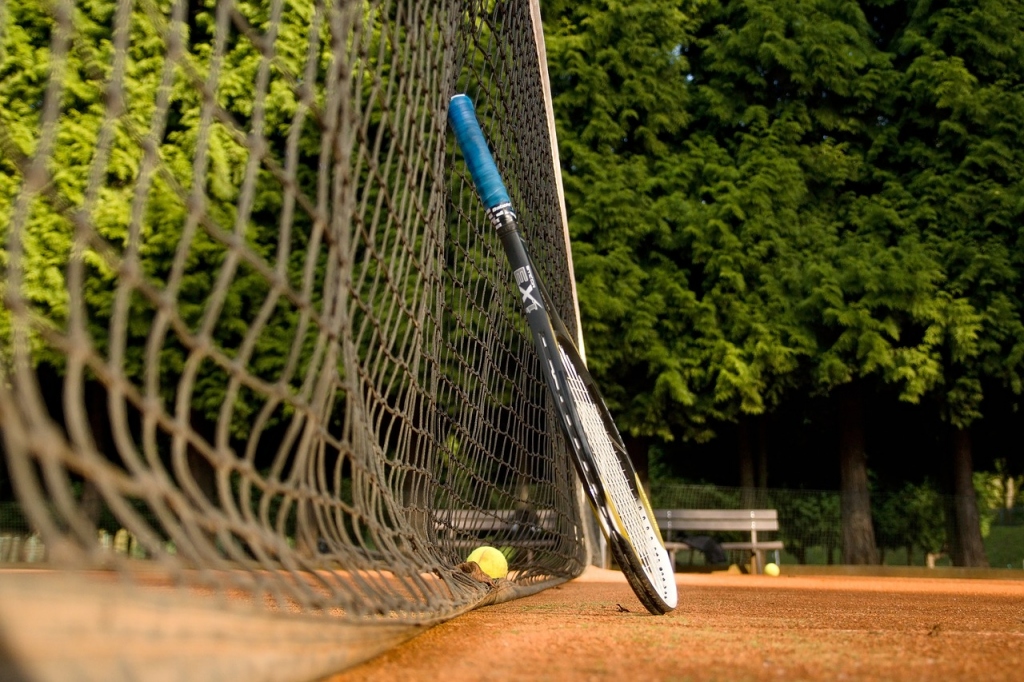Owning your own, private tennis court is not as niche as you might think. Having one was always considered to be luxurious and reserved for the wealthier or prominent athletes. Nowadays, it is not the case anymore. All you need today is the space required for your own court, a little bit of planning and knowledge. The best part is that these courts can be very versatile. Because of the similarities in dimensions, they can be used for other sports like basketball, futsal, badminton, etc. Thus, you will not be limited to one sports activity and will increase the overall value of the entire project. Here are the key steps and considerations that need to be considered when building your own tennis court.
1. The costs included
In order for us to start planning, we need to know all the costs involved with such an endeavour. When deciding on a foundation for our court we have two main options: asphalt and concrete. Roughly speaking, the latter will be about twice as expensive than the former, depending on the offer you get. Generally, concrete is considered to be better. The reason for it is a long-term one, the maintenance, and repair costs are much lower. Dents and cracks on a concrete surface are much more forgiving and can be fixed in a day or two. They are easier on the wallet, too. On the other side, the same problems on an asphalt surface will render it unusable for quite some time. That is a problem, especially if you own a club and are leasing out courts. The two most common types of concrete are the post-tensioned and the reinforced type. The first one provides the best performance according to the American Sports Builders Association. It is a reinforced grid of very strong steel tendons (cables). Basically, they constantly keep the concrete under tension, improving its strength. Moving away from the foundation, there are plenty of accessories that should be considered, such as spectator seats, night lighting, fencing, etc. These costs can vary greatly.
2. Personal preferences
There are many aspects to pay attention to when making your court truly yours. Pick the size you would you like, along with the orientation. When talking about the later, keep in mind to avoid shade and maximize daylight. This variable should be determined by the geographic location and the time of day you plan to use it. The previously mentioned ASBA recommends a north-south orientation as the best compromise for the sun angles throughout the day. As previously stated there is a choice between surfaces with their cost to benefit ratios. On top of that, you could also consider a soft surface coating which minimizes the chances for injuries. One of the last things to ponder on is the color. You can choose between a different array of colors, green just being the default one. Modern coloring options provide with plenty of choices to choose from. Here are some pointers. Dark surfaces provide better ball visibility. They contrast well against the yellow or white tennis balls, and also reduce sun glare. Two-tone color schemes are used to define the court boundaries more clearly. For activities during the night, low reflection surfaces will require more lighting for illumination. To maximize the time a court can be considered active, quality tennis court lighting will help out a great deal.
3. Construction basics
There is a lot more to constructing a tennis court than just digging a hole in your backyard. For starters, it involves site preparations, surface and subsurface drainage, etc. Everyone can agree that the preparation phase is the most important one. It is your literal foundation. Also, it is important to stress that taking shortcuts can lead to more spending in the future. The more you invest at the beginning, the more it will pay dividends in the long run. The ASBA has many guidelines, ranging from the water-to-cement ratio to the thickness of the base itself. It can get quite technical, specific, and overall, complicated. And that is precisely why we should always consider hiring a good tennis court contractor. Do your research beforehand, ask questions, and look around before hiring the first local contractor you come across. Be sure to ask them for references from past clients. Take it a step further and visit sites to witness the completed projects with your own eyes. Maybe everything is perfect technically speaking, but if you simply do not like it, then it is not worth it. But if you do, arrange a time to sit down with the contractors, lay out all the variables, and pick the best offer for you.
It has never been easier and more accessible to have your own space for recreation. With these guidelines, you can be sure of the process going along smoothly. So, follow them, add your personal touches to your project and make it your very own.
